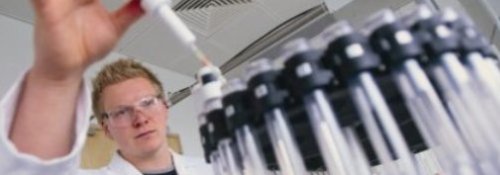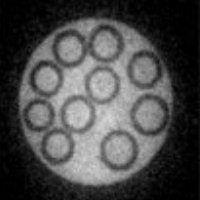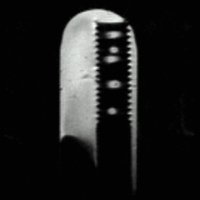SABRE

Introduction
Signal amplification by reversible exchange (SABRE) is which increases the response (or visibility) of compounds in NMR and MRI measurements.
This increased visibility allows higher contrast and resolution MRI imaging and shorter scan times and lower detection thresholds in NMR spectroscopy.
Unlike other polarisation methods – for example DNP – the SABRE process can be performed in seconds, measured using NMR or MRI and then repolarised for further measurements.
SABRE also has advantages over hydrogenative PHIP techniques as the compound of interest remains chemically unchanged.
SABRE can hyperpolarise a variety of compounds and chemical motifs, opening up potential applications in disease diagnosis, drug discovery, chemical process optimisation and other fundamental scientific studies.
Concept

Fig 1: Schematic representation of the SABRE method. The polarisation (represented by the orange colouring) is transferred from parahydrogen to a substrate
The SABRE process consists of three components which act in a catalytic cycle.
The components are:
- paraHydrogen: polarised H2 gas
- Catalyst: a metal-based polarisation transfer agent
- Substrate: the compound to be polarised
In the SABRE process, the catalyst mediates polarisation transfer from the parahydrogen to the substrate. This process repeats allowing the creation of a solution of hyperpolarised substrate.
Output
The SABRE process produces hyperpolarised molecules which can be studied using NMR and MRI. The following figures show applications of SABRE in spectroscopy and imaging. Significant time, resolution and sensitivity gains are demonstrated.


Fig 2: MRI image of glass capillary tubes in a SABRE-enhanced pyrazine sample. Single average RAREst 1H image on a pyrazine sample on Bruker BioSpin 70/30 employing a 1350-fold signal gain. This data was collected in 3 seconds. This would normally take 42 days on an unpolarised sample.
Fig 3: Single average 1H True-FISP MRI image of a plastic screw in a SABRE-enhanced pyridine sample within a 0.5 mm slice at 9.4 T on a Bruker DRX system.
Research at CHyM
Further information
